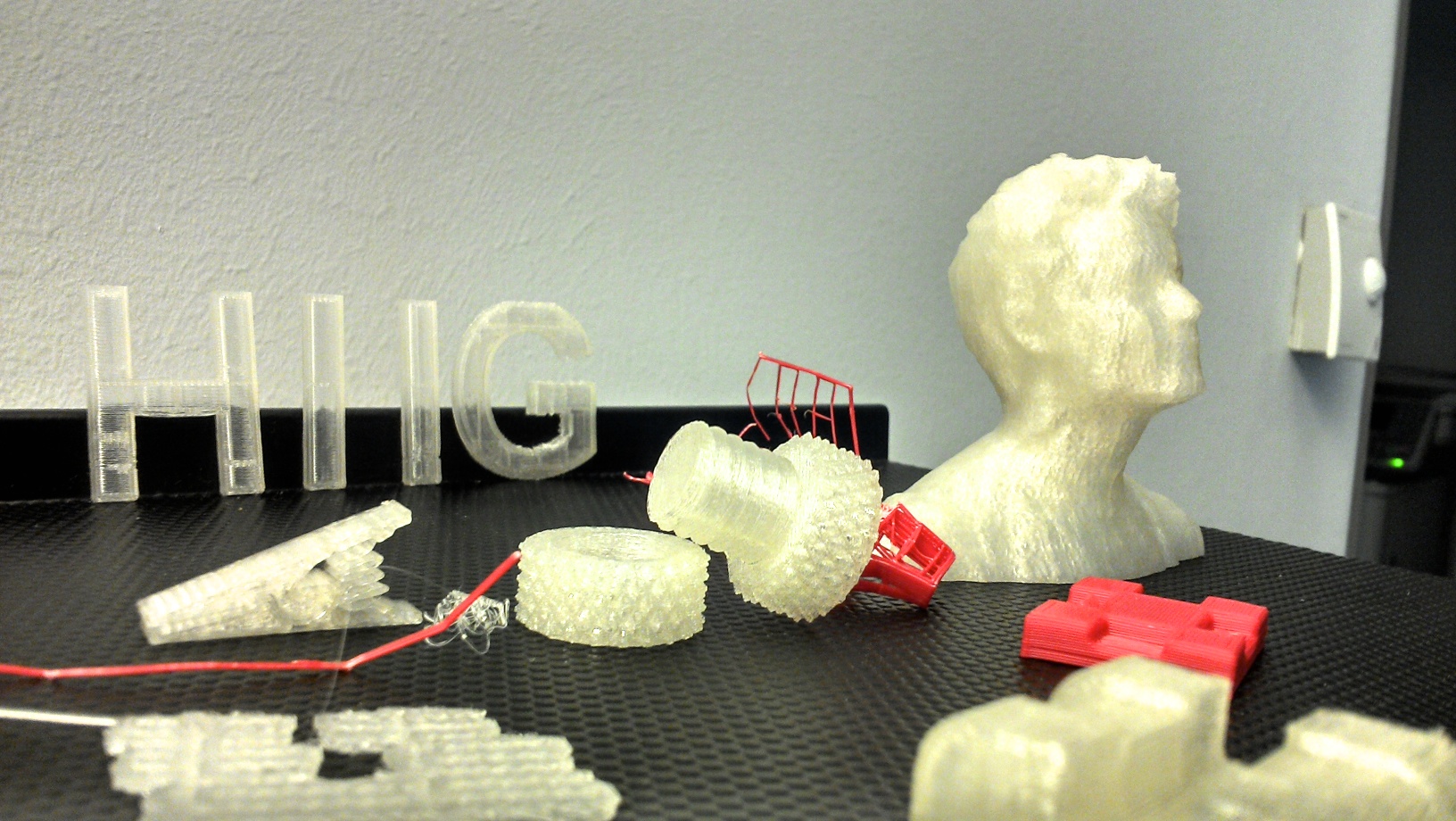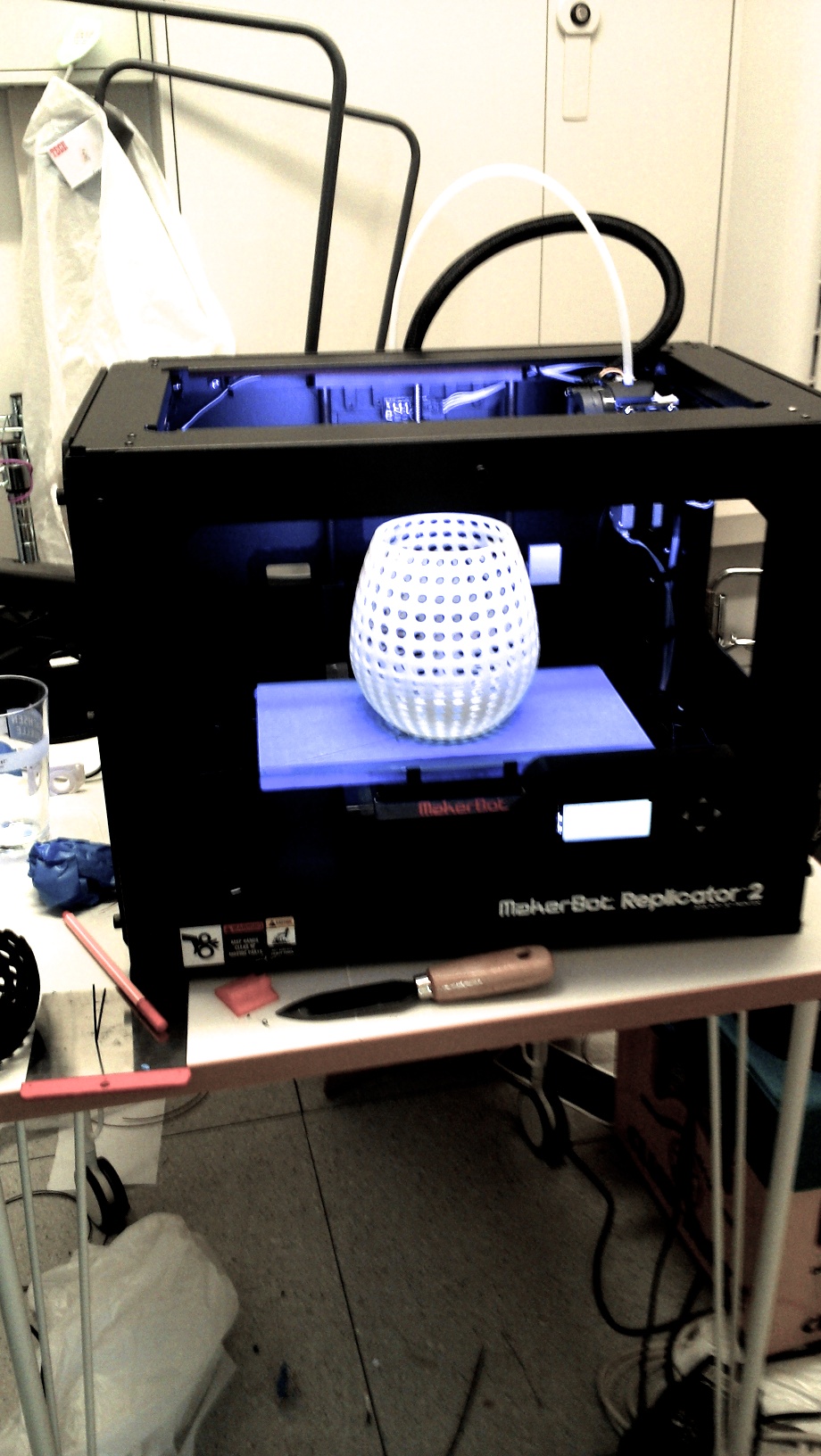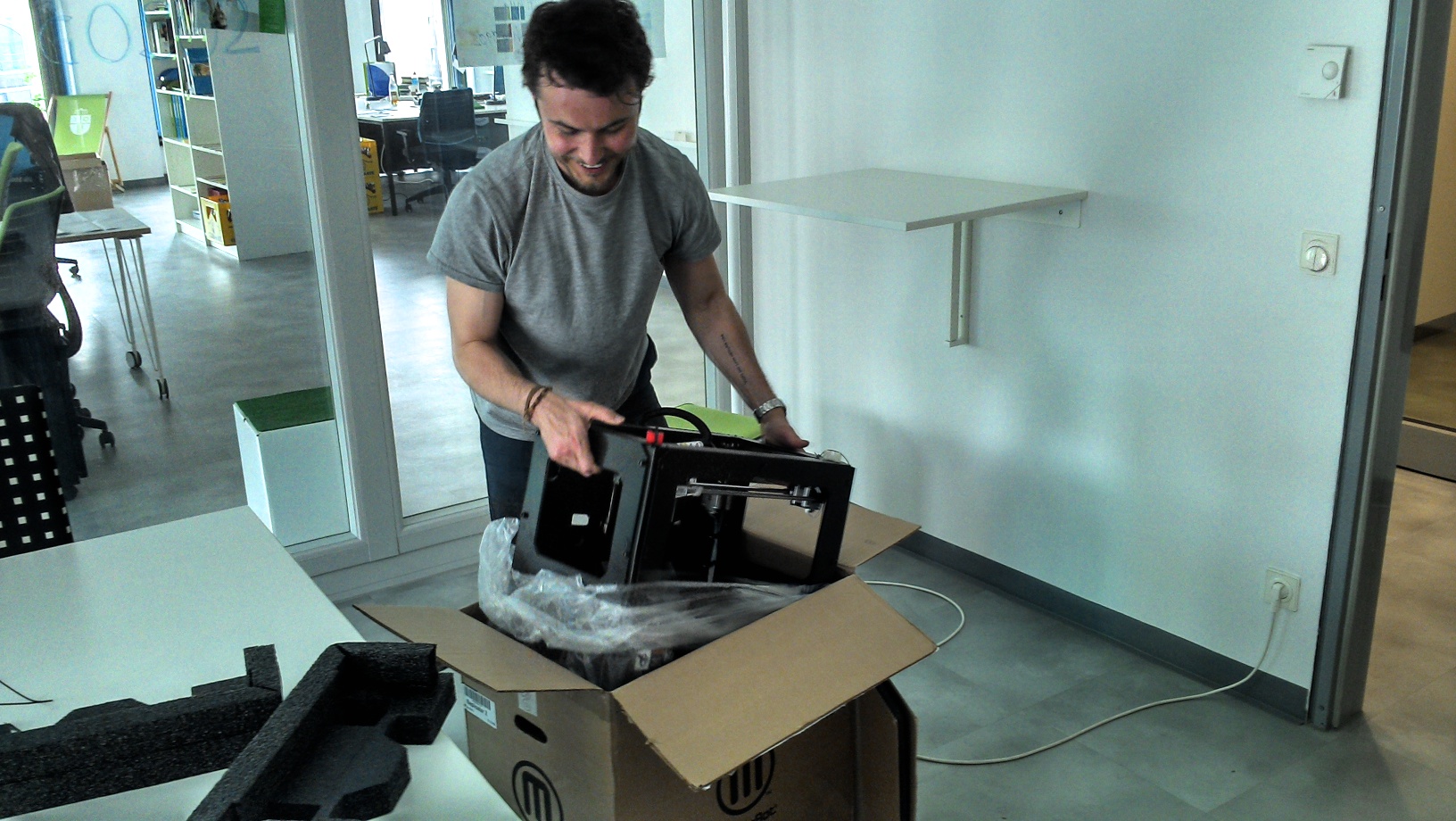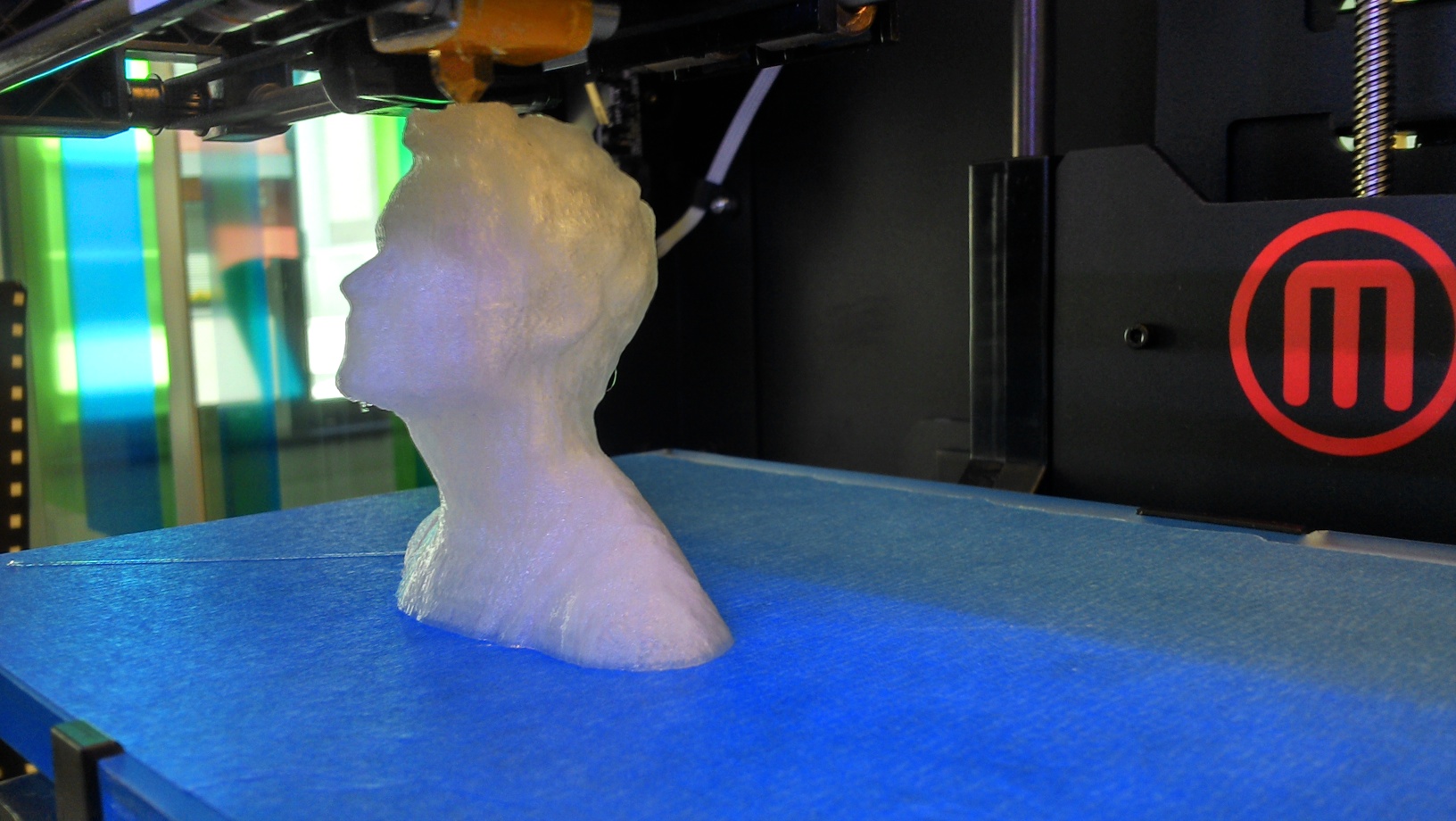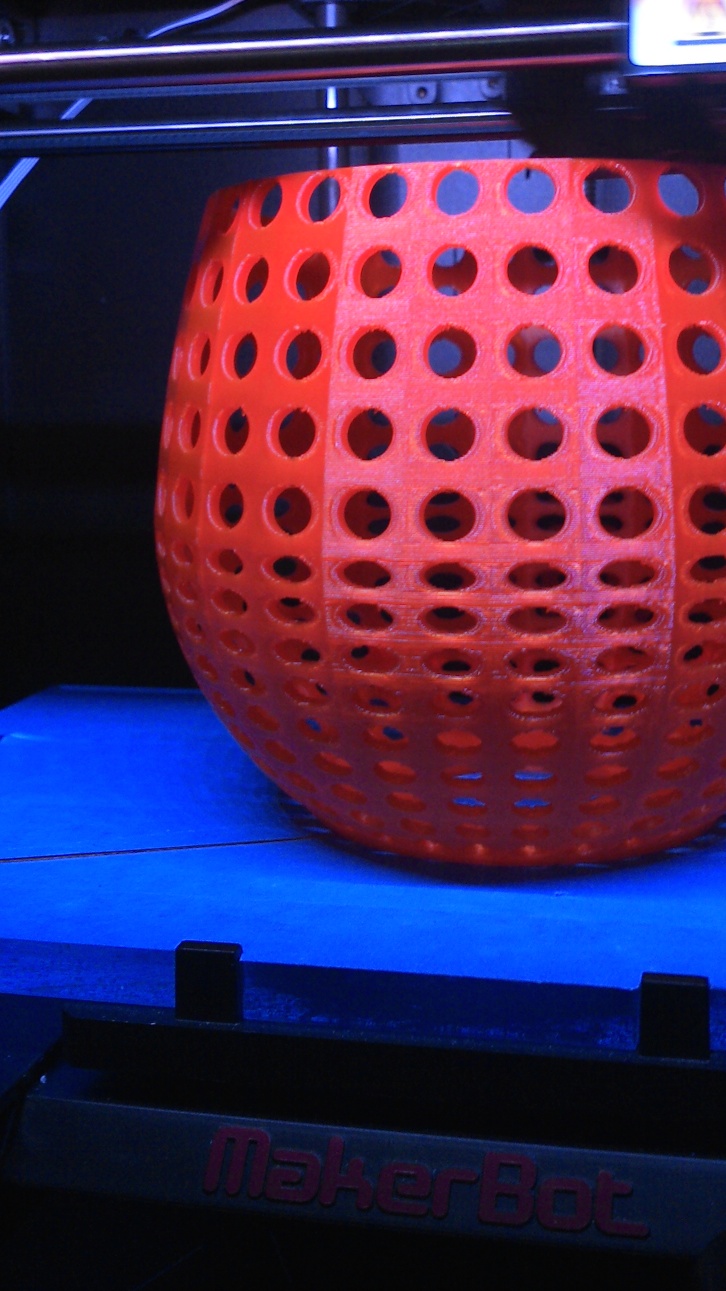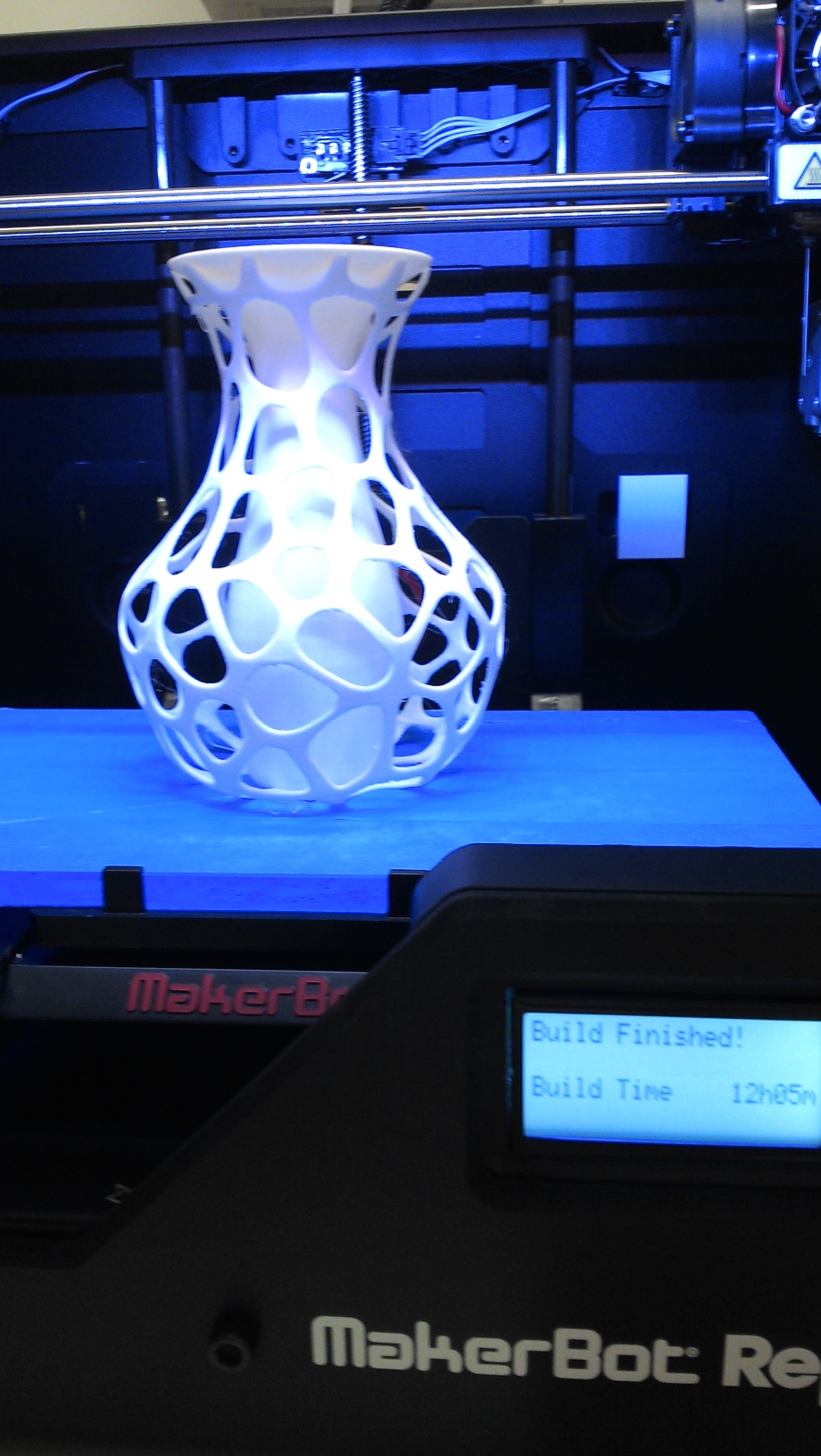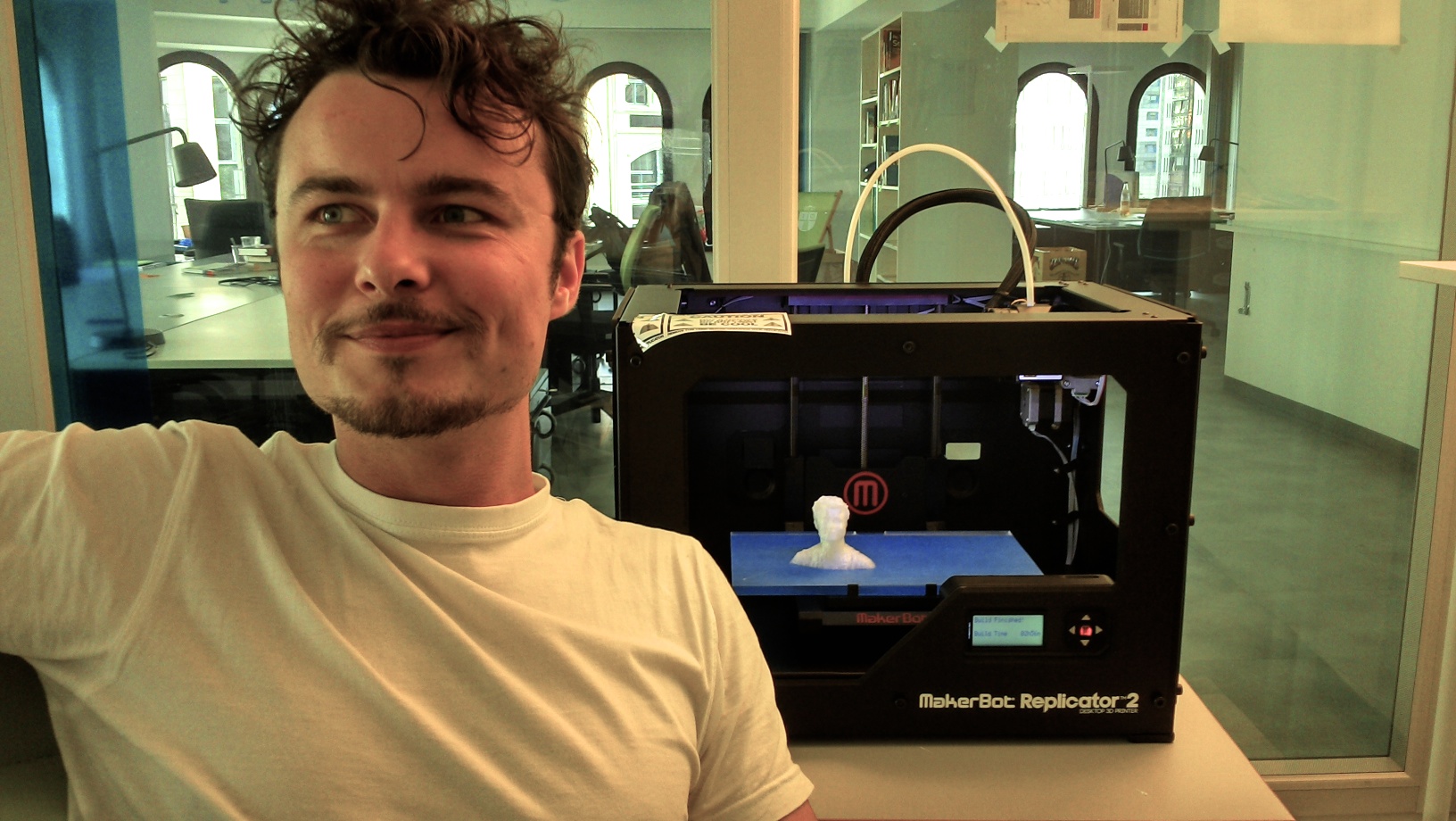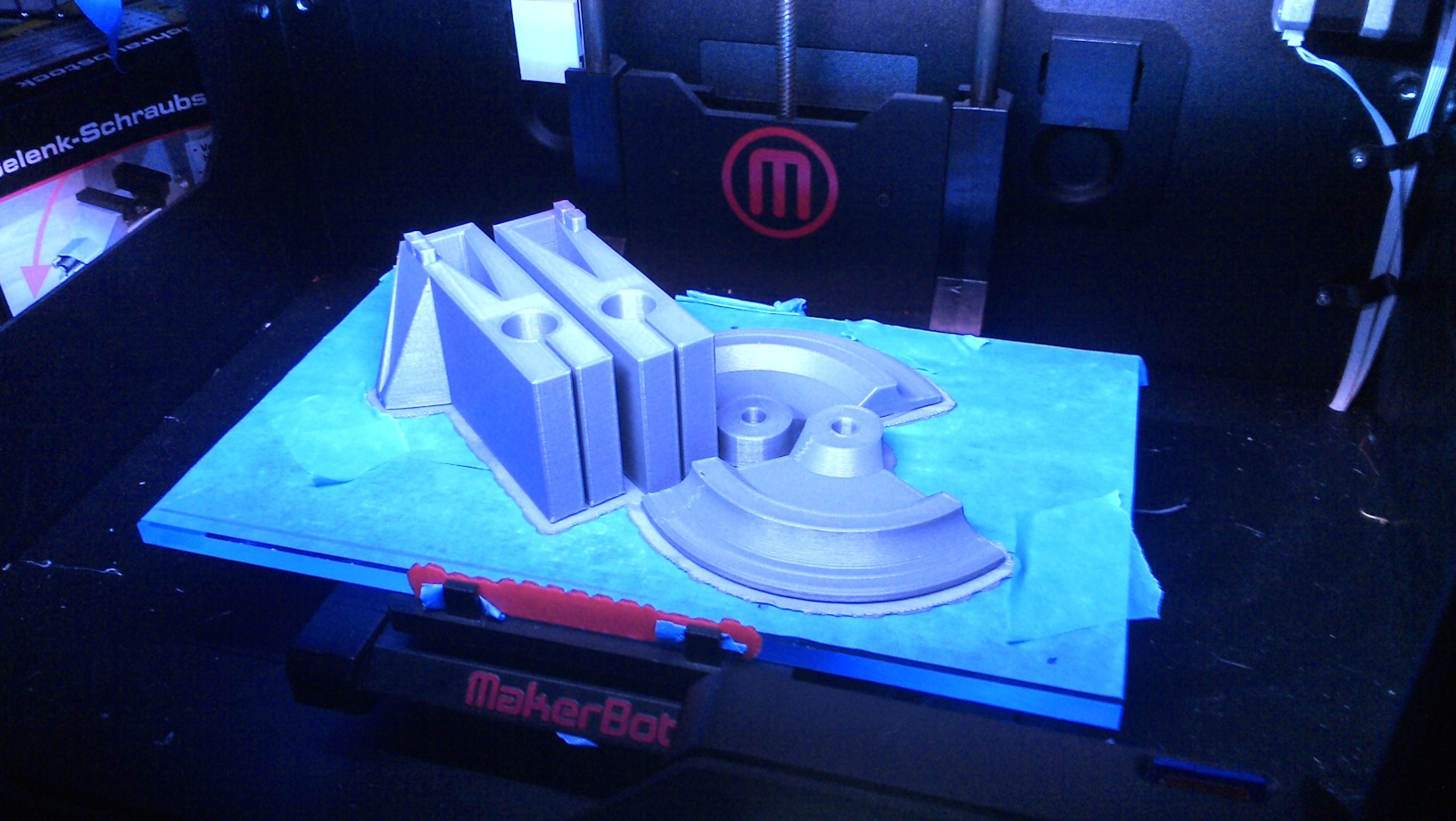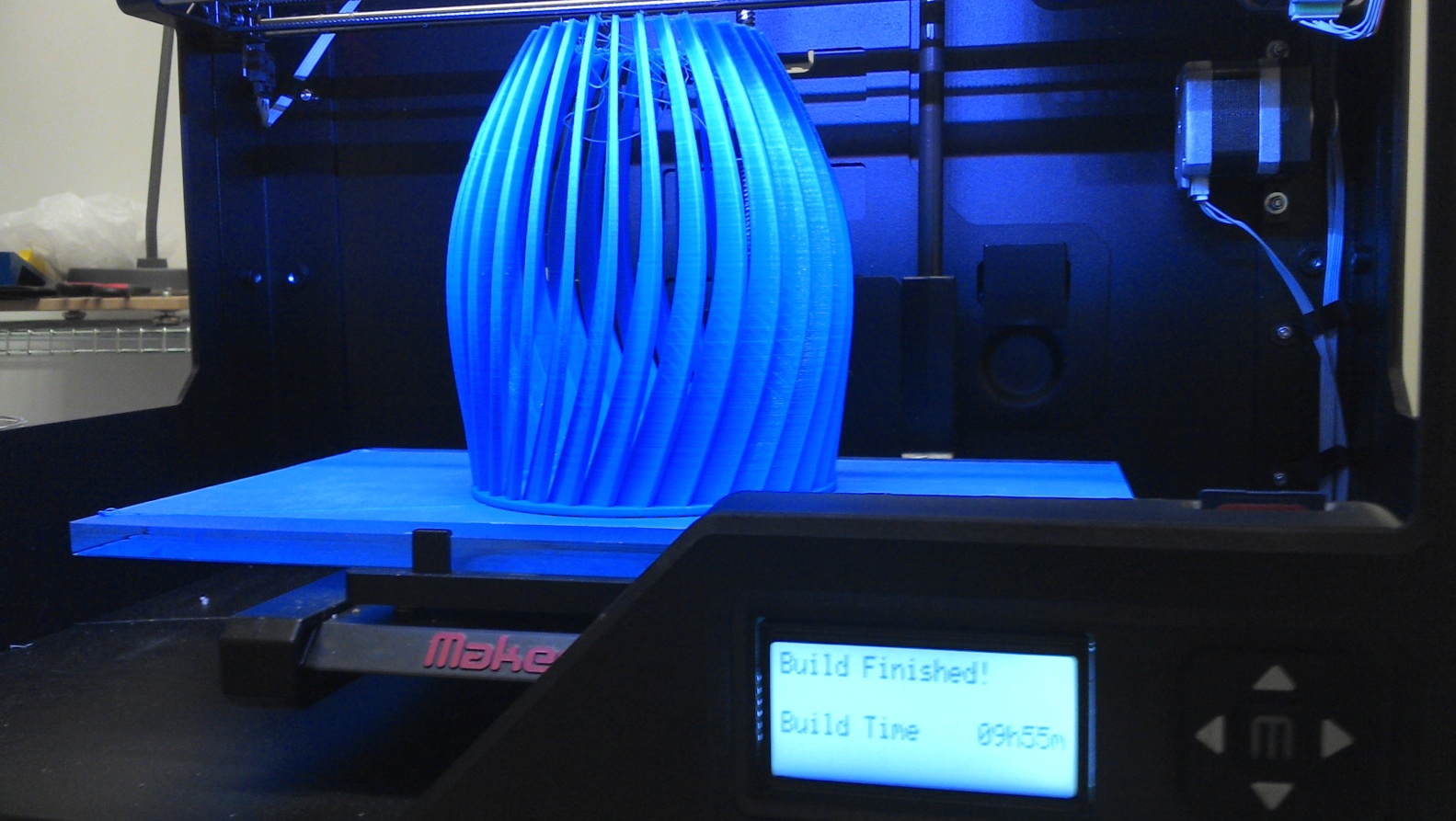Making sense of our connected world

How Postmodern is 3D-Printing?
The progressive proliferation of 3D-printing services, models, and — most importantly — devices has encouraged me to draft a follow-up article on my previous blog entry on Marx, Engels, and 3D-printers. After addressing the potential implications of 3D-printing on the economic systems of capitalism and socialism, I will now turn to its relationship to and with the social system when observed through the lens of postmodernism — primarily because I assume that we are living in postmodern times, (2) the social system is even more important than the economic one, and (3) because I enjoy referring to Fredric Jameson’s 1991 classic ‘Postmodernism or The Cultural Logic of Late Capitalism’.
What is Postmodernism?
Put simply, postmodernism is what followed modernism after its last gasps in form of i.a. expressionism and existentialism. This societal transition — or epic rupture, depending on your inclination to the dramatic — happened sometime by “the end of the 1950s or the early 1960s” (Jameson, 1991:1). It is marked by ascribing ‘ends’ to dominant political systems, ideologies, art movement, etc., and giving rise to chaotic and heterogenous societal and cultural movements. All while nonchalantly describing the obliteration of the long-lasting semi-autonomy of culture from the “practical world of the existent” (Jameson, 1991:48) by late capitalism, putting an end to the notion of culture as an intangible, detached sovereign entity.
The Cultural Explosion
Proceeding on the assumption that the logic of late capitalism fundamentally changed culture’s social function, but also culture as a whole in a way that it ceased to exist as an autonomous realm raises one question: did this process also lead to culture’s disappearance?
“Quite on the contrary” Jameson returns; “we must go on to affirm that the dissolution of an autonomous sphere of culture is rather to be imagined in terms of an explosion” (1991:48). Culture is viewed to have diffused into every aspect of social life ranging “from economic value and state power to practices and to the very structure of the psyche itself” (Jameson, 1991:48), including the very tangible elements of the existent world. Postmodernism could be alleged to popularize or even commoditize the aesthetic, breaking with elitist modernist and pre-modernist ideas in which culture was still regarded separate form the economic and social sphere.
Endowed Individuals
Societies, political cultures, and first of all individuals had and have to find ways to cope with the ensuing complexity of our modern-day culture-soaked, borderless, and quickly changing postmodern world. But one could also regard postmodernity as an endowment — maybe even one that was earned. Individuals embracing it want to take part in the cultural explosion, making it omnipresent and tangible.
3D-Printing Postmodernity
3D-printers appear as the means every postmodernist was looking for to make culture accessible and tangible. They are tools to act out creativity by designing and printing physical objects, and to open up pop-cultural astethic contexts to virtually anyone. 3D-printers could, however, also be seen as a part or even the final stage of aesthetic commodity production. This notion describes what we observe today in seemingly endless waves of (feigned) new products, thrown on the global markets at ever-accelerating cycle times.
Are new means of commoditized production going to catalyze this — presumably unsustainable — high-speed production, turnover, and discard triad? Or are 3D-printers and other elements of the proclaimed hardware revolution assisting the cultural realm to ultimately and utterly diffuse into our social lives?
What do you think?
This post is part of a weekly series of articles by doctoral canditates of the Alexander von Humboldt Institute for Internet and Society. It does not necessarily represent the view of the Institute itself. For more information about the topics of these articles and asssociated research projects, please contact presse@hiig.de.
This post represents the view of the author and does not necessarily represent the view of the institute itself. For more information about the topics of these articles and associated research projects, please contact info@hiig.de.

You will receive our latest blog articles once a month in a newsletter.
Research issues in focus
Escaping the digitalisation backlog: data governance puts cities and municipalities in the digital fast lane
The Data Governance Guide empowers cities to develop data-driven services that serve citizens effectively.
Online echoes: the Tagesschau in Einfacher Sprache
How is the Tagesschau in Einfacher Sprache perceived? This analysis of Reddit comments reveals how the new simplified format news is discussed online.
Opportunities to combat loneliness: How care facilities are connecting neighborhoods
Can digital tools help combat loneliness in old age? Care facilities are rethinking their role as inclusive, connected places in the community.
